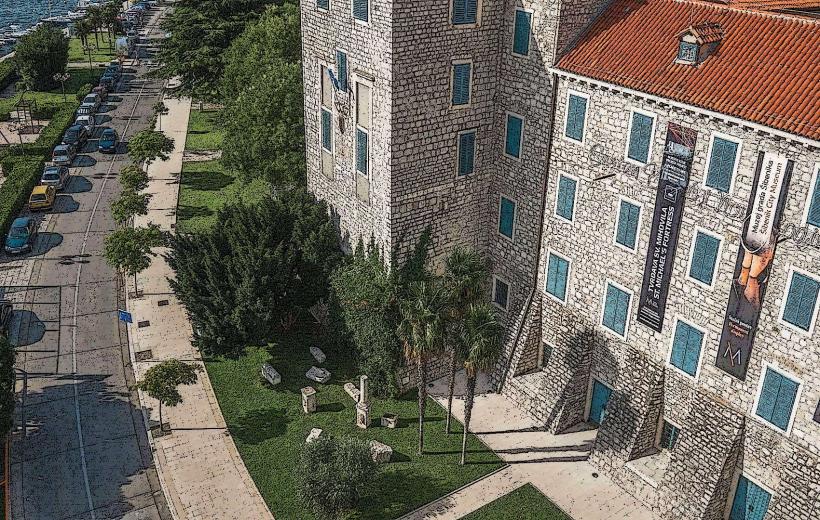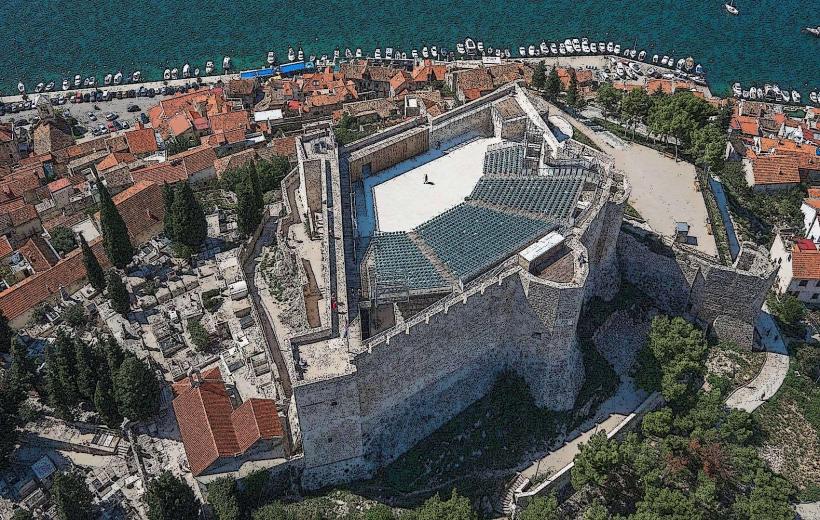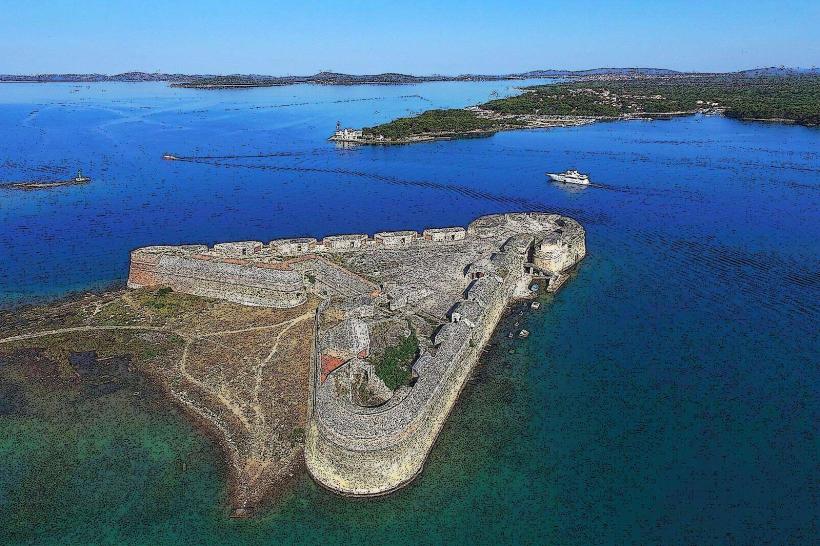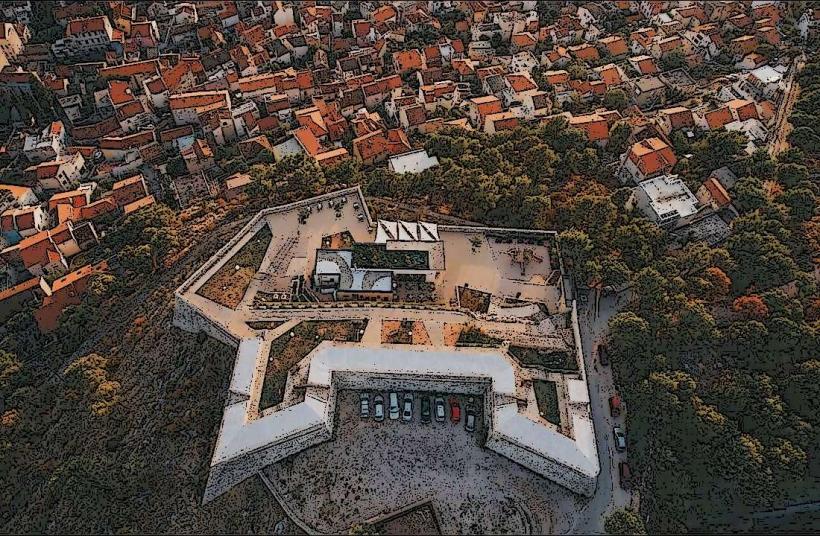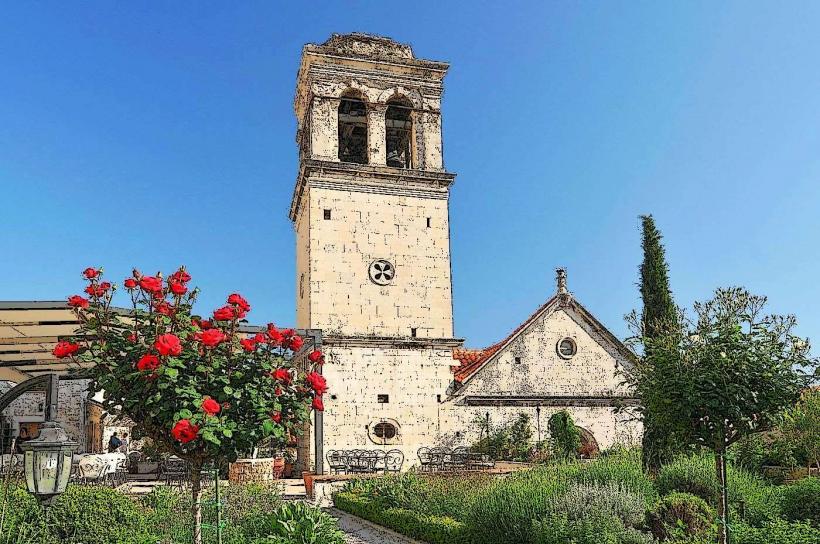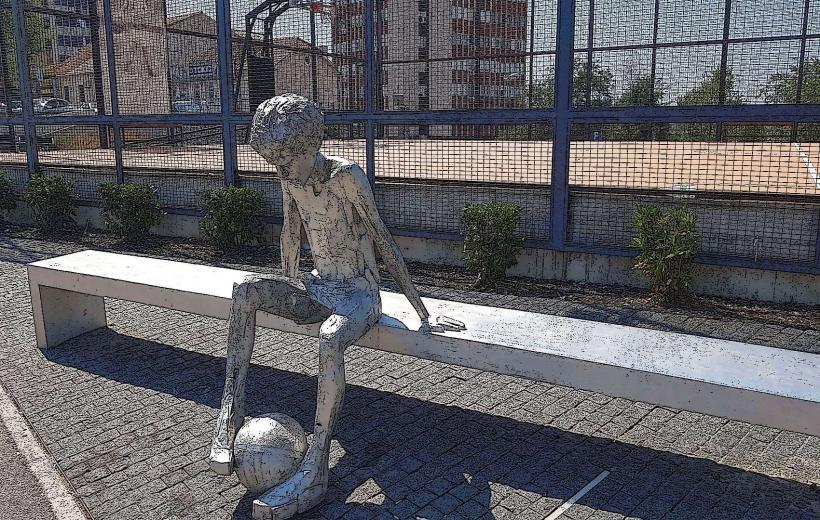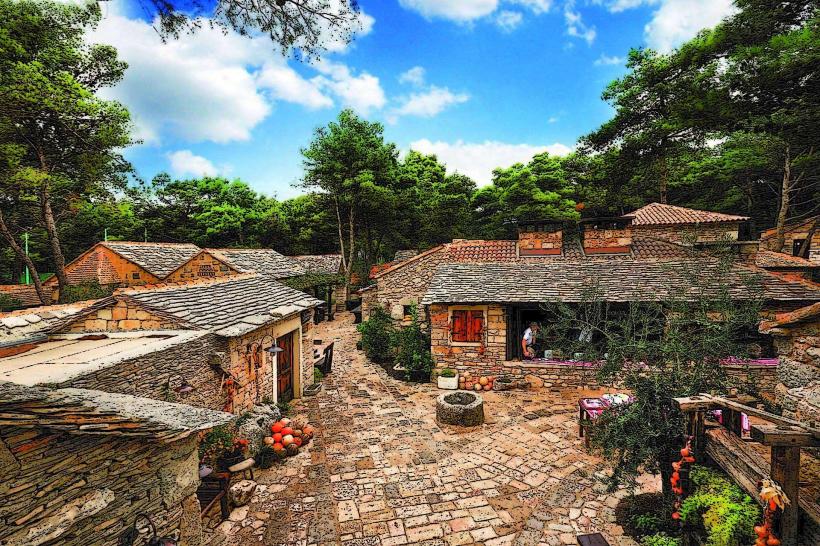Information
Landmark: St. James CathedralCity: Sibenik
Country: Croatia
Continent: Europe
St. James Cathedral (Katedrala sv. Jakova) – Šibenik, Croatia
St. James Cathedral is one of the most significant landmarks in Šibenik, Croatia, and an outstanding example of Renaissance architecture in the country. The cathedral is dedicated to Saint James (Sv. Jakov), the patron saint of the city, and is a key part of the city's UNESCO World Heritage-listed Historical Centre.
History and Background
Construction Timeline
- The construction of St. James Cathedral began in 1431 and was completed in 1536. It was built over several decades under the leadership of prominent architects and builders, including Francesco di Giorgio Martini, Juraj Dalmatinac, and Nikola Firentinac.
- The cathedral was constructed on the site of an earlier church dedicated to Saint James, which had been destroyed. Its construction was funded by local patrons and the residents of Šibenik.
Architectural Significance
- St. James Cathedral is renowned for its innovative architectural design, blending Gothic, Renaissance, and early Baroque styles. It is especially noted for its use of stone as the primary building material, making it one of the few churches in Europe built entirely of stone (no brick or wood).
- The dome and vaulted ceiling are central to the building’s aesthetic, with intricate detailing that demonstrates the skill and ambition of the architects.
Architectural Features and Design
Exterior
- The cathedral’s façade is a beautiful blend of Renaissance and Gothic elements. The main entrance features a grand portal with intricate carvings, including representations of biblical scenes and saints.
- Above the portal, there is a rose window, an emblematic feature of Gothic architecture, surrounded by elaborate sculptures. The façade is adorned with numerous sculptures of saints and biblical figures, reflecting the Christian themes of the cathedral.
The Dome
- The most striking feature of the cathedral is its dome, which is made of stone and sits atop the structure. The dome's design is significant as it marks a departure from traditional wooden domes and showcases the cathedral’s engineering excellence.
The Apse and the Choir
- The apse of the cathedral is semi-circular and is adorned with a beautiful choir that features a stone altar and seating for the clergy. The choir stalls are carved in intricate detail and enhance the overall beauty and acoustics of the space.
The Baptismal Font
- Inside the cathedral, the baptismal font stands out as a notable feature. This stunning stone font, located near the entrance, is beautifully decorated with religious iconography, including depictions of the baptism of Christ.
Notable Artworks and Sculptures
Sculpture of the Apostles
- One of the cathedral’s most distinctive features is the series of 71 life-size heads of the Apostles that adorn the cathedral’s exterior. These heads are carved out of stone and are placed around the cathedral, offering a remarkable display of craftsmanship.
- The faces of the apostles, along with other figures, were sculpted by local artists, making this a truly unique artistic feature of the cathedral.
The Altar and the Interior Sculptures
- The cathedral’s interior is equally impressive, with the main altar and surrounding altarpieces made from stone. The altar was completed in the 16th century and features a golden tabernacle surrounded by sculpted angels and saints.
- There are several Renaissance-style sculptures inside, including images of the Holy Virgin and other religious figures. The attention to detail in the interior carvings and paintings reflects the artistic heritage of the region.
The Organ
- The cathedral is home to an organ dating back to the 17th century, which is still used for concerts and religious services today. The organ is an important part of the cathedral’s music tradition and contributes to the acoustics of the space.
UNESCO World Heritage Status
In 2000, St. James Cathedral was designated a UNESCO World Heritage site, recognized for its exceptional architectural and historical value. The cathedral is considered a masterpiece of Renaissance architecture and a symbol of the artistic and cultural development of Šibenik during the period.
Visitor Experience
Mass and Services
- St. James Cathedral remains an active place of worship. Visitors can attend mass and other religious services, experiencing the cathedral’s spiritual ambiance and historical significance firsthand. The cathedral is an important part of Šibenik’s religious life and plays a central role in the city’s festivals, particularly on the feast day of Saint James.
Guided Tours
- Visitors can take guided tours of the cathedral to learn more about its history, architecture, and the many works of art inside. The tours typically cover the construction of the cathedral, the symbolism behind the sculptures, and the overall significance of the building in the context of Croatian and European history.
Concerts and Cultural Events
- St. James Cathedral is a venue for a variety of cultural events, including classical music concerts, choir performances, and art exhibitions. Due to its excellent acoustics and striking atmosphere, it is a popular location for music lovers and those attending the Šibenik Music Festival and other summer events.
Visitor Information
Location
- St. James Cathedral is located in the historic heart of Šibenik, easily accessible from other landmarks like St. Michael’s Fortress and the Riva Promenade.
Opening Hours
- The cathedral is open to visitors throughout the week, but hours may vary depending on the time of year and religious services. It’s recommended to check the official St. James Cathedral website or inquire at the local tourism office for up-to-date information.
Entrance Fees
- There is generally a small admission fee for visitors wishing to explore the cathedral’s interior. Tickets often include access to the museum inside the cathedral, which showcases artifacts and details about its construction and history.
Accessibility
- The cathedral is located in Šibenik's old town, which has narrow, cobbled streets. While the cathedral is generally accessible, those with mobility concerns should check in advance, as some areas may be difficult to navigate.
Conclusion
St. James Cathedral is an architectural masterpiece that stands as a testament to the rich cultural and artistic history of Šibenik. Its innovative design, stunning sculptures, and historical significance make it a must-see landmark for anyone visiting the city. As both a religious site and a symbol of Renaissance and Gothic architectural achievement, it is one of Croatia's most important and celebrated monuments.

